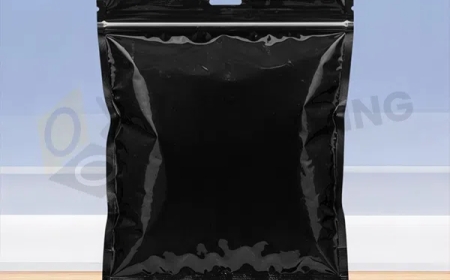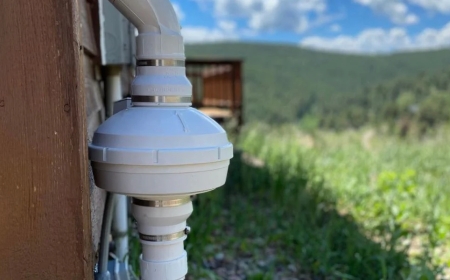GRP, GSC, HDG & More: Which Water Tank is Right for You?
Discover the best water tank for your home or business. Explore GRP, GSC, HDG, SMC, Stainless Steel, and Fiberglass water tanks and find the perfect fit for reliable storage.
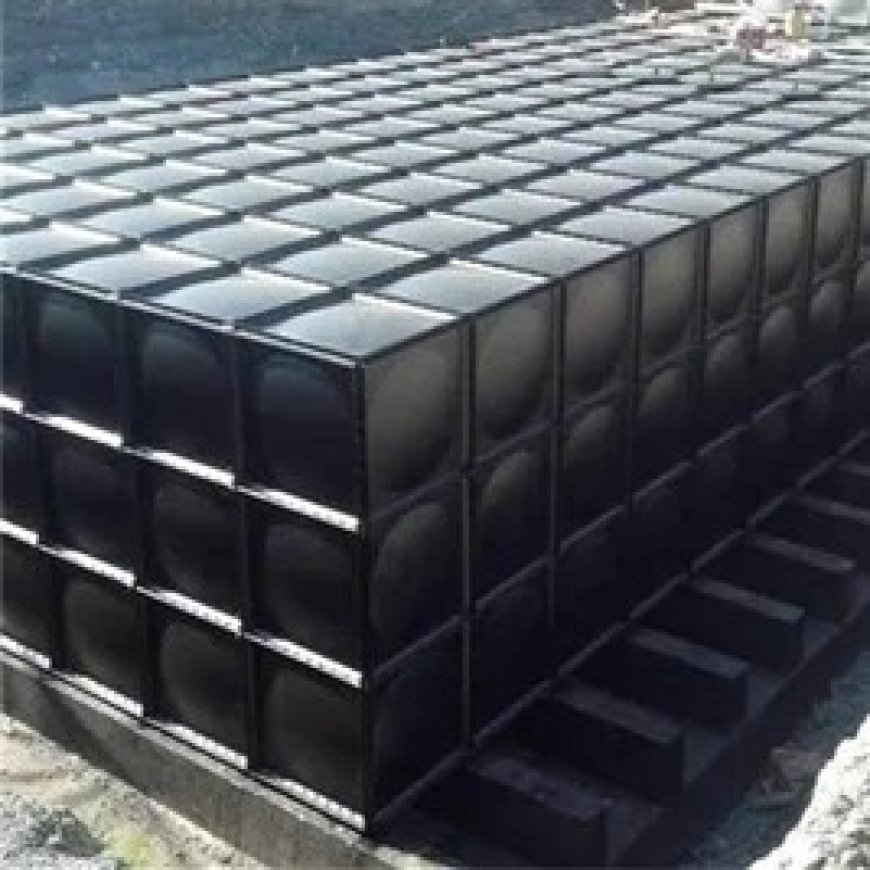
Choosing the right Water Tank for your needs involves understanding the materials, construction, and specific benefits of each type. Whether youre storing potable water for drinking, non-potable water for industrial use, or managing water for agricultural or firefighting purposes, the material and design of the tank play a critical role in its performance, longevity, and cost-effectiveness. Common options include Glass Reinforced Plastic (GRP), Galvanized Steel Corrugated (GSC), Hot Dip Galvanized (HDG), Stainless Steel, Sheet Molding Compound (SMC), and Fiberglass tanks. Each has unique properties that make it suitable for specific applications.
GRP Water Tank
A GRP Water Tank, also known as a Glass Reinforced Plastic tank, is a popular choice for water storage due to its durability and versatility. Made from fiberglass combined with thermosetting resin, GRP tanks are lightweight yet strong, offering excellent resistance to corrosion and rust. These tanks are ideal for storing both potable and non-potable water, as their smooth, non-porous surfaces prevent bacterial growth and algae accumulation, ensuring high water quality. GRP tanks are modular, assembled from standard panels (typically 1x1m or 1x0.5m), which makes them easy to transport and install, even in confined spaces. Their flexibility in size and shape, with capacities ranging from 1 to 10,000 cubic meters, suits residential, commercial, and industrial applications. Additionally, GRP tanks are low-maintenance, weather-resistant, and have a long lifespan, often exceeding 20 years, making them a cost-effective solution for diverse environments.
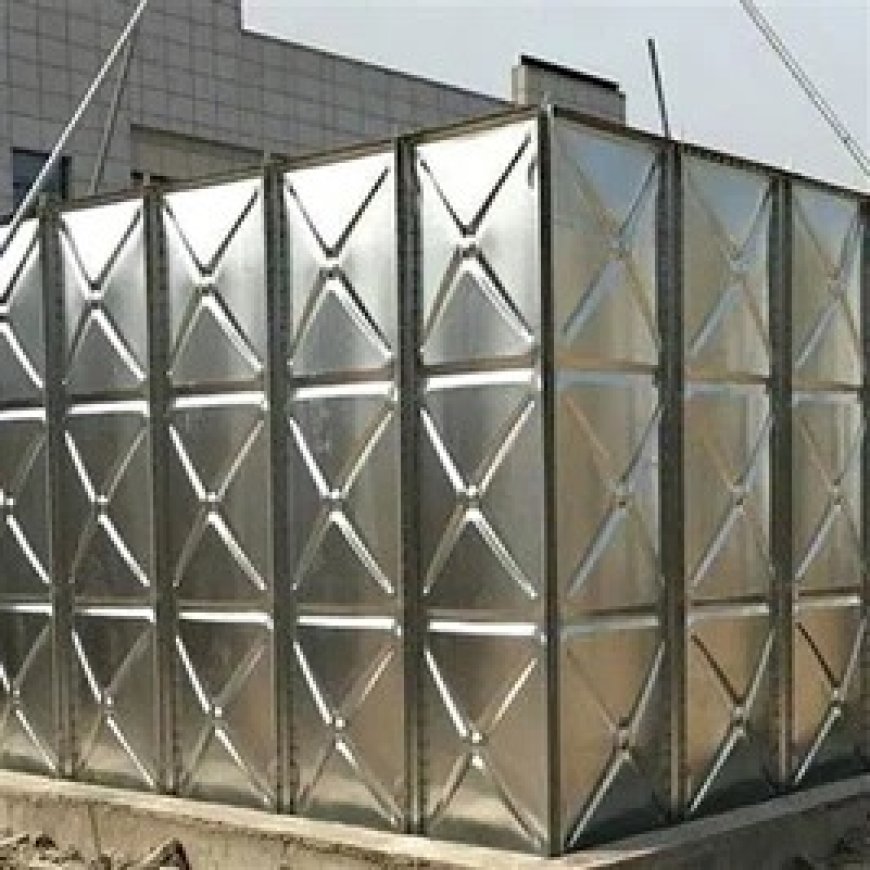
GSC Water Tank
The GSC Water Tank, or Galvanized Steel Corrugated Water Tank, is designed for large-scale water storage, particularly in agricultural, industrial, and firefighting applications. These tanks are constructed from corrugated steel panels coated with zinc to enhance corrosion resistance. The corrugation adds structural strength, allowing GSC tanks to handle large volumes, from 500 to over 600,000 gallons. They often include a liner, such as PVC or EPDM, to prevent leaks and protect stored water from contamination. GSC tanks are modular, making them easy to assemble on-site, and their zinc coating provides a lifespan of about 20 years, though this can vary in harsh conditions where the coating may wear. While cost-effective and eco-friendly due to recyclable materials, GSC tanks may require periodic maintenance to address potential rust if the zinc layer is compromised. They are best suited for outdoor settings like irrigation systems or rainwater harvesting.
HDG Water Tank
The HDG Water Tank, short for Hot Dip Galvanized Water Tank, is another steel-based option known for its robust construction and affordability. These tanks feature Q235 steel panels coated with a thick layer of zinc (typically 90 microns) to prevent rust and corrosion for at least a decade. Available in panel sizes like 1x1m or 1.22x1.22m, HDG tanks are highly flexible, with capacities ranging from 1 to 5,000 cubic meters. Their modular design allows for easy assembly and customization, making them suitable for underground or aboveground storage of drinking water, industrial liquids, or firefighting water. HDG tanks are durable and can be reinforced with C-channels or I-beams for heights up to 5 meters. However, like GSC tanks, they may require maintenance if the zinc coating is scratched or worn, especially in aggressive environments. Their cost-effectiveness and versatility make them a reliable choice for large-scale projects.
Stainless Steel Water Tank
A Stainless Steel Water Tank is a premium option valued for its aesthetic appeal, strength, and superior corrosion resistance. Made from SUS304 or SUS316 stainless steel, these tanks are precision-molded to ensure durability and a sleek appearance. They are particularly suitable for potable water storage, as the material resists rust, high temperatures, and bacterial growth, ensuring clean and safe water without secondary pollution. Stainless steel tanks are lightweight compared to traditional metal tanks, easy to install, and require minimal maintenance. They are ideal for urban settings, such as hotels, schools, or hospitals, where hygiene and appearance are priorities. Available in bolted or welded designs, these tanks can be customized for various capacities and are highly durable, often lasting over 15 years. However, their higher initial cost may be a consideration for budget-conscious buyers, though their longevity and low upkeep offset this over time.
SMC Water Tank
The SMC Water Tank, or Sheet Molding Compound Water Tank, is a type of fiberglass-reinforced plastic tank similar to GRP but manufactured using a specific molding process. SMC tanks are made by hot-pressing fiberglass and resin into panels, resulting in high compressive, flexural, and tensile strength. These tanks are lightweight, corrosion-resistant, and designed for easy assembly with standard panels (e.g., 1x1m or 1x2m). SMC tanks are widely used for firefighting, residential water storage, and industrial applications due to their ability to maintain water quality and resist harsh weather conditions. Their modular design allows for customization, and they can be installed with minimal structural requirements. With a lifespan comparable to GRP tanks, SMC tanks are cost-effective and eco-friendly, as the materials are recyclable. Their high-tech construction makes them a reliable choice for both small-scale and large-capacity needs.
Fiberglass Water Tank
A Fiberglass Water Tank is often synonymous with GRP or SMC tanks, as it is made from fiberglass reinforced with plastic resin. These tanks are prized for their lightweight construction, corrosion resistance, and ability to store potable and non-potable water safely. The smooth, non-porous surface of fiberglass prevents algae and bacterial growth, making it ideal for drinking water storage. Fiberglass tanks are modular, with panels assembled using galvanized or stainless steel bolts, and can be customized to fit specific spaces or capacities, from small residential units to large industrial tanks. They are also resistant to UV damage and extreme temperatures, ensuring a long service life with minimal maintenance. Fiberglass tanks are an excellent choice for applications requiring hygiene, such as water treatment plants or rural water supply systems, and their recyclability adds to their environmental appeal.
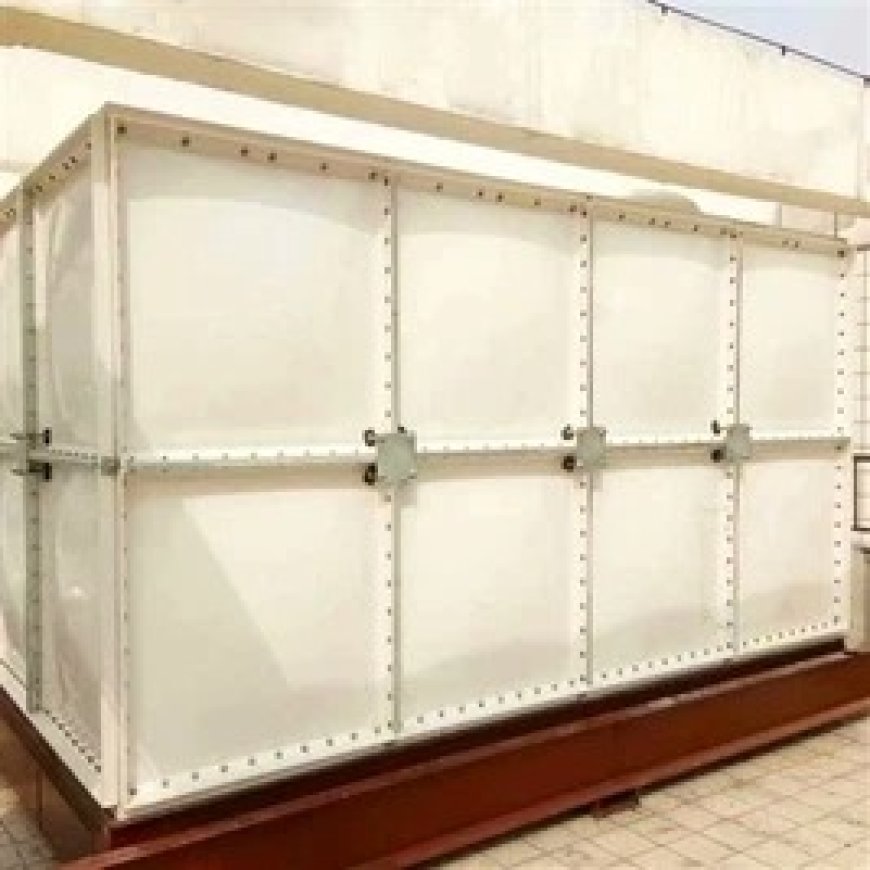
Choosing the Right Tank for Your Needs
Selecting the best water tank depends on several factors, including the intended use, budget, installation site, and maintenance preferences. For potable water storage, Stainless Steel Water Tanks and GRP Water Tanks (including SMC Water Tanks and Fiberglass Water Tanks) are top choices due to their hygiene and corrosion resistance. For large-scale, cost-effective storage, GSC Water Tanks and HDG Water Tanks are ideal, especially for agricultural or industrial applications, though they may require more maintenance in corrosive environments. Consider the environment: GRP and Fiberglass tanks excel in harsh weather, while Stainless Steel suits urban settings with aesthetic demands. Budget-conscious buyers may lean toward GSC or HDG for their affordability, while those prioritizing longevity and minimal upkeep may prefer Stainless Steel or SMC. Always ensure the tank meets relevant standards, such as ISO9001 for quality or NSF 61 for potable water, and check for installation support or warranties from suppliers.
Conclusion
Each type ofWater Tankwhether GRP, GSC, HDG, Stainless Steel, SMC, or Fiberglassoffers distinct advantages tailored to specific needs. By assessing your storage requirements, environmental conditions, and budget, you can choose a tank that ensures reliable, long-term performance. Always consult with manufacturers for detailed specifications and installation guidance to maximize the tanks efficiency and lifespan.








